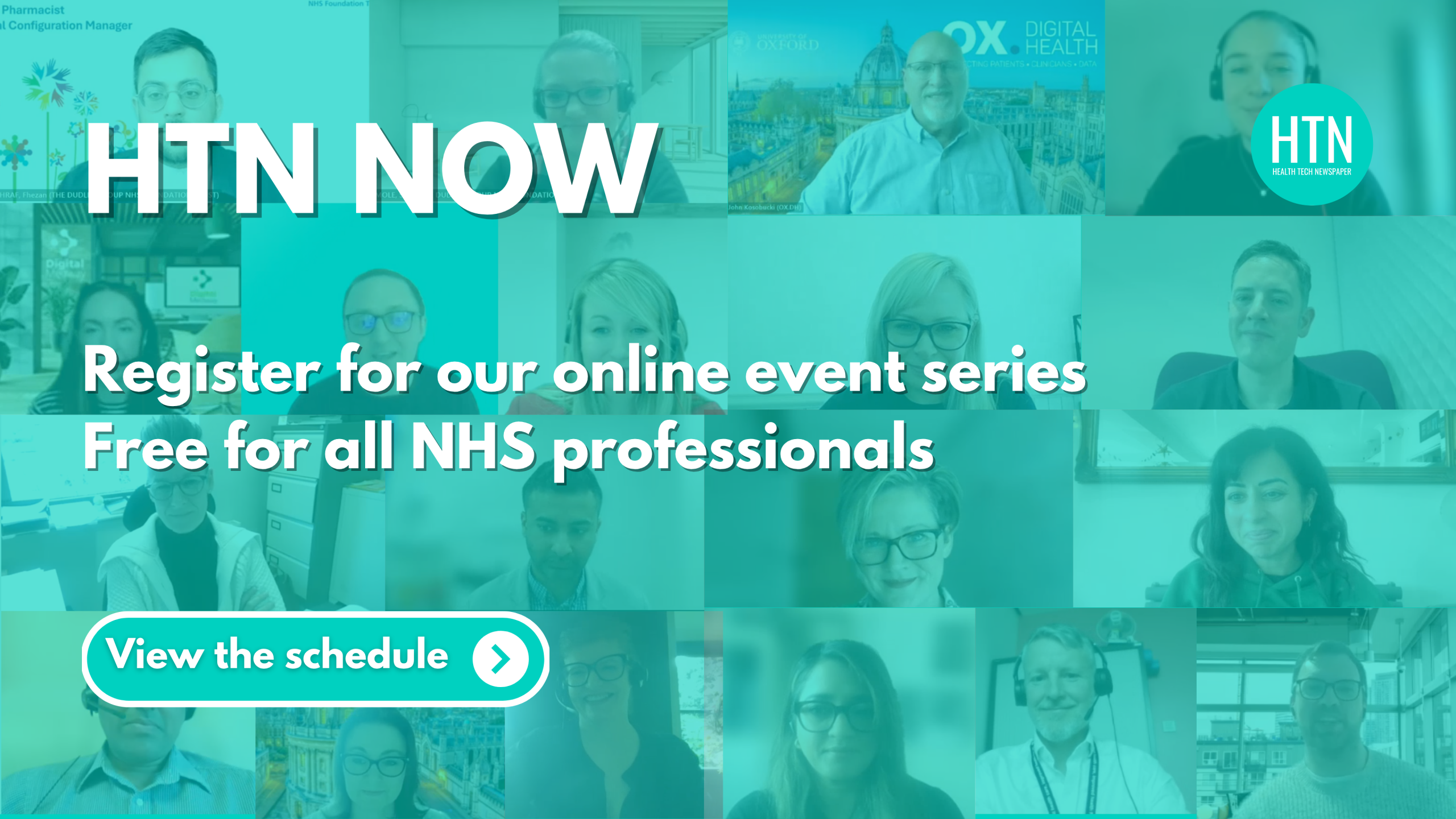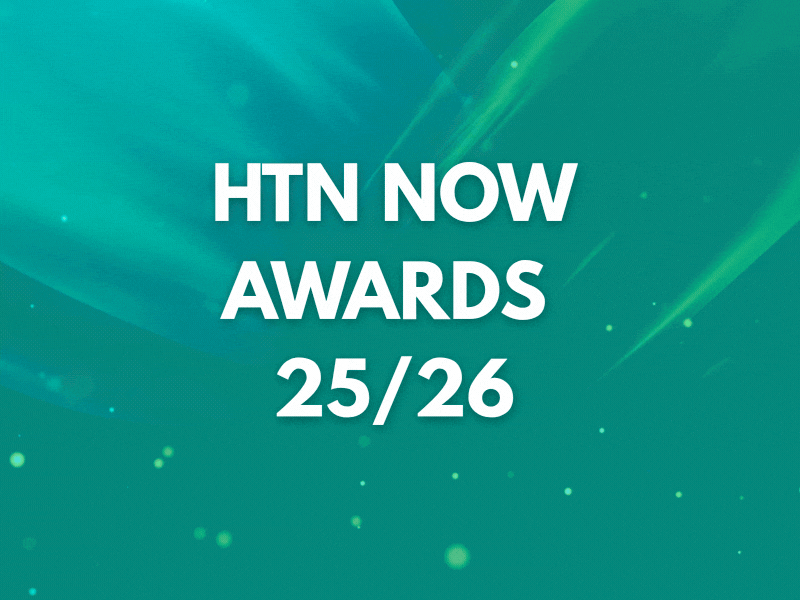We recently caught up with Ellyn Gattlin, national transformation lead at X-on Health, to discuss access optimisation and the relationship between better access and patient satisfaction in healthcare. We covered key data points for measuring access, the importance of digital skills within the workforce and ways to support better access, with Ellyn sharing insights from her own experiences looking at the patient journey.
Ellyn began by giving a brief introduction, outlining her main responsibilities at X-on Health: “My core focus is looking at patient satisfaction and what the patient journey might look like. Often PCNs and ICBs procure all these digital tools they want to deploy quickly, but they might not necessarily be thinking about the bigger picture and the impact it might have on the patient.” That’s where Ellyn’s role comes into play.
Optimising access in general practice and primary care
When considering what access is, Ellyn shared, “I see access as having two different meanings because you’ve got access from a patient perspective and a clinical perspective”. When looking at the patient journey, she noted the number of patients who tend to default to phone calls when communicating with their GP, explaining that from a patient point of view, access is all about getting in touch with a GP as quickly and easily as possible, which is why “86 percent of patients divert naturally to calling their practice as a core access point”.
From a practice perspective, having a telephony system alongside other digital systems and tools can provide multiple access points for patients, with Ellyn explaining that it all comes down to “how well you’re utilising them”. She noted, “With Surgery Connect, you have all the functionalities to cancel and check appointments, as well as patient callback features, but if you’re not optimising the service, it just becomes a tick-box exercise.” She emphasised the importance of improving patient access by giving them choice and using various modes of access. For example, rather than leaving them in a call queue, offer patients access to a digital chatbot like Surgery Assist, to help to “better direct patients towards the most appropriate services”.
Exploring this point further, Ellyn added, “By having additional access points, diverting patients becomes much easier”. As an example, she referred back to the number of patients diverting to telephone calls: “When you break down those data metrics, we often find around 20 to 30 percent don’t even need to call the practice because there are local services and self-serve options available.” The reason patients don’t always use these services, according to Ellyn, is because they’re not often aware of them. She noted a need to “better educate patients and signpost access points to help ease the patient flow”.
Challenges impacting service delivery
Ellyn also recognised potential challenges with trying to improve access, especially in terms of increasing awareness. “How do you get that message out to patients?” She asked. “Because you’re not marketing like British Airways sending out a mass email on their latest sale. All we can really do is try to hammer home the message.” Highlighting the use of digital in other sectors, Ellyn added, “We’re so much more forward-thinking with every other aspect of our lives when it comes to tech. Why is it that there’s a barrier when it comes to healthcare and digital adoption?”
A potential answer to Ellyn’s question is digital exclusion, which she went on to explore in further detail. “You’re always going to have patients who are more than willing to go online, but you’re also going to have a percentage of patients who simply don’t want to. They are much happier speaking to a GP over the phone,” she explained. “But we’re also seeing more and more people sacrificing their broadband at home, particularly with the cost of living crisis that we’re in at the moment. And that impacts their ability to then digitally access their GP.” This goes directly alongside digital literacy, according to Ellyn, who shared, “There are a lot of people out there who aren’t comfortable reading or writing, so phoning up is much more comfortable for them.”
Workforce shortages are also a big issue within primary care, she noted, particularly when it comes to receptionists. “We often see shortages in the workforce and if there’s an outbreak of COVID or something similar, then sickness rates are higher, taking even more staff out of the practices.” On top of this, Ellyn highlighted staff satisfaction rates: “It’s fairly low within general practice at the moment and inefficient workflows can have an impact on this”.
Finally, Ellyn spoke about the challenges surrounding patient expectations versus the reality of capacity, adding, “I don’t always think patients truly understand what the whole picture looks like for a practice. I certainly didn’t know what I know now before I took on the job. So, I think there’s a big education piece there, because the landscape has changed a lot in the past 20 years and because of digital rollout, there’s so much that patients can do for themselves now. But it’s about giving patients the choice and support to do that and we can support you with that.”
The relationship between access and patient satisfaction
When considering the relationship between patient access and satisfaction, Ellyn emphasised the importance of choice, stating, “Patient choice is absolutely core in this and that’s very much built on education and communication from the practice.” She referenced the communication functionalities provided by the NHS App, including its messaging module, but suggested that “not enough practices are using it, therefore patients aren’t using it”.
Alternative options such as SMS features are costly to practice and email campaigns take too much time, she added, “but we need to find better ways to communicate with patients and then I think that will open the door to patient choice”. In terms of what that choice looks like, Ellyn said, “We all should have the right and option to go online. I’d always rather go online because I don’t have the time to sit in a call queue.”
Measuring access and patient satisfaction
“We often look at telephony response time and the call abandonment rate,” Ellyn explained, as she discussed some of the key metrics and data points GPs can track when measuring patient access and satisfaction. “If there’s been an initiative at a practice for introducing total triage or the Surgery Assist chatbot into their workflows, then we want to measure the impact that might have on call queue waiting times. We want to look at what point patients are dropping off because they don’t want to wait any more.” Ellyn noted how looking at these metrics can allow them to work closely with practices to “really delve into their access” and see which areas might need more attention.
On a practice level, she explained, “Often there’s a resistance to offer same-day appointment booking, but there’s also that resistance to offer routine appointments through digital means.” Ellyn used cervical smear appointments as an example: “You get your letter through the post to say you need to book an appointment and it tells you to contact your GP. But you could have just sent me a text with a booking link. That way I can book my appointment straight away.” She suggested that having a digital approach could increase uptake, especially for an area where uptake is “quite low”.
“We do see practices that don’t want to advertise that their appointments are online because unfortunately patients do abuse the system,” Ellyn shared. “But that brings us back to that education piece. It’s about educating patients on what appointments are available and what they can actually book for themselves.” Once you’ve educated your patients, you then start to assess uptake, Ellyn added, suggesting that GPs should look at “what percentage of patients are actually utilising that service and where are people abusing the system”.
Next, she touched on patient experience metrics, referencing the annual GP patient survey as a good way to track this, while also recognising that it has a “low uptake and response rate”. The friends and family test was also highlighted as a survey available on the main page of every practice, showing good data points regarding patient satisfaction and the patient experience. “Look at access differences by demographic too. How might age and language barriers impact access points, which we so easily forget about,” she said.
Finally, Ellyn recommended looking at complaints and compliments as well as did-not-attend (DNA) rates, sharing that the national average is “around 4 percent for DNA at the moment”, with digital tools such as the NHS App and X-on Health’s offering making it easier to check and cancel appointments now.
Improving digital skills in the workforce
In terms of the workforce, Ellyn recognised some of the barriers around introducing new digital tools: “Often it’s the GP partners who are making the decision on what digital tools they’re going to roll out, and in some cases, it’s actually left to the business manager to decide. But because of that, not everyone within the workforce understands the purpose of each tool and the costs that go into it.” She noted how training in this area can sometimes be impaired by retention rates: “Because of low retention rates, some practices don’t see the point in giving really detailed training to people who are likely to leave in a couple of months,” but for Ellyn, “there’s definitely a need for digital tools training from a workforce perspective.”
Ellyn also noted how sharing key metrics around using digital tools can help with getting the workforce on board, as this will help them “understand the impact they have within practices”, especially for the patients. She said that by using the “right tech” and having the “right education” on how to use that tech will “ultimately lead to a happier workforce and patients having a better experience”.
As a final note, Ellyn shared, “For me, when it comes to patient access and the patient experience, we need to think about the bigger picture. We know that patients quite rightly have high expectations of what their practice should be delivering and we need to better educate patients so that they fully understand how things work and how digital can help.” She also noted the importance of using digital tech within primary care, adding, “Don’t be scared to take the leap. I think there’s so much fear in delivering another digital tool, but if that educational point is good with patients and your staff, they’re going to understand and they’re going to deliver. Just remember that you need to have that engagement from all of your workforce in order to deliver a successful digital programme.”
We’d like to thank Ellyn for taking the time to chat with us and share her detailed insights into this topic.






